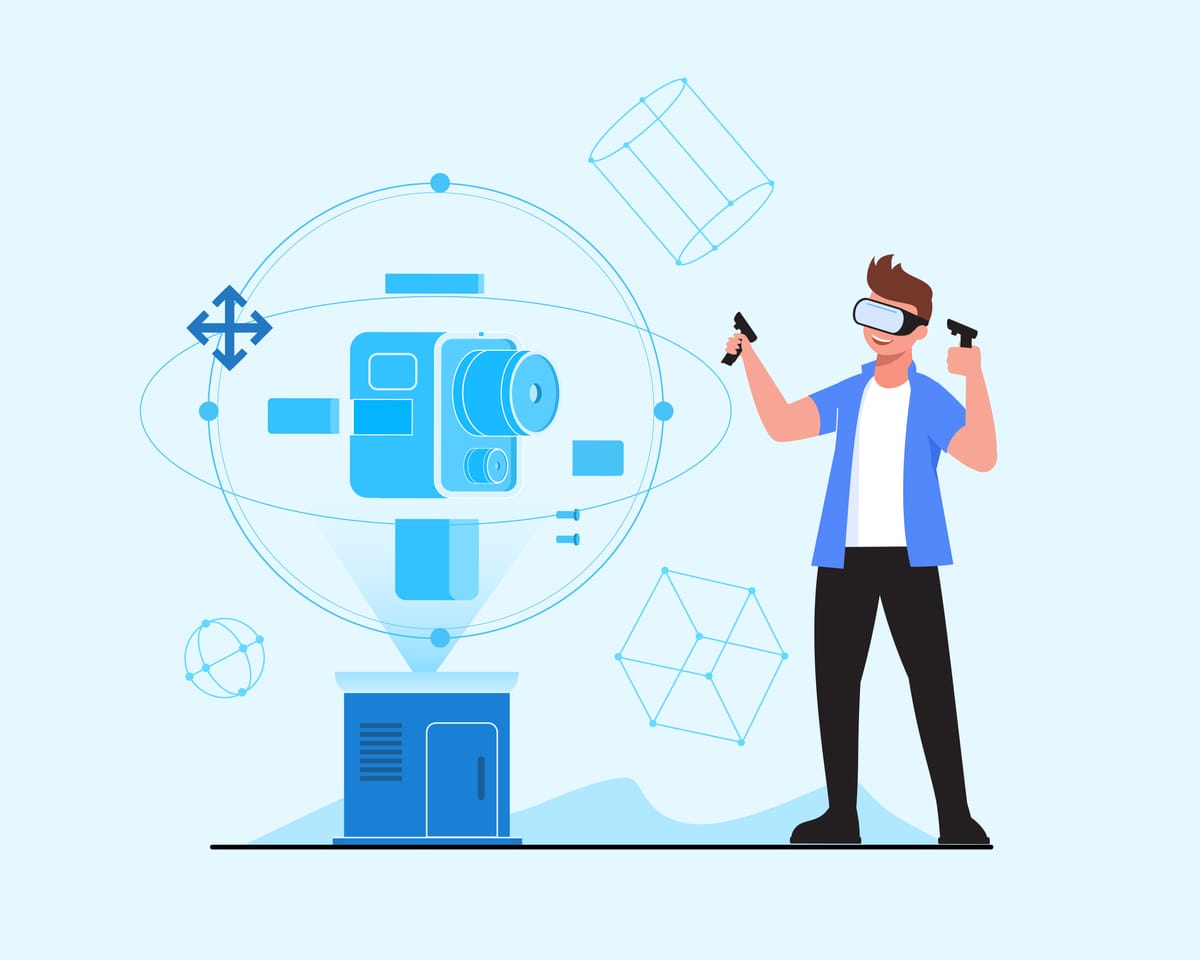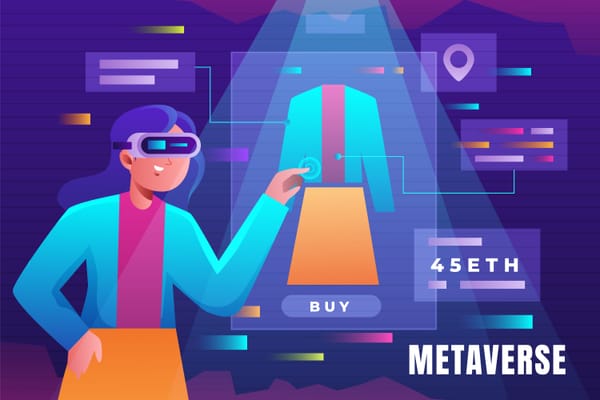The Transformative Potential of AR/VR for Market Research

Emerging immersive technologies like augmented reality (AR) and virtual reality (VR) are unlocking powerful new capabilities for market researchers. By enhancing emotional engagement, replicating real-world complexity, and providing agile prototyping, AR and VR together are reshaping research methodologies to uncover deeper consumer motivations and behavior insights.
The Limitations of Traditional Research
While traditional methods like focus groups, surveys and lab studies will remain staples, they have inherent limitations. Relying solely on verbal/textual self-reported data leads to recall biases. Lab environments lack authenticity. Sample sizes are small. And exploring responses to physical prototypes and stimuli is time-intensive and inflexible.
AR & VR Provide Key Research Advantages
Immersive experiences: AR/VR delivers visceral consumer experiences far beyond static surveys or lab studies. Test subjects interacting with hyper-realistic simulations react spontaneously, providing authentic emotional feedback. For example, VR prototypes allow researchers to evaluate shopper behavior and explore store layouts before rollout.
Enhanced memory encoding: Immersive visuals and interactivity in AR/VR scenarios lead to stronger memory encoding and recall accuracy versus verbal/text techniques. Consumers immersed in VR shopping journeys can accurately recall details to inform purchase intent analysis.
Realistic testing environments: AR allows new products to be visualized directly within target consumer environments for trial. For example, testing digital furniture in imagined rooms provides more realistic responses than lab studies.
Agile prototyping: VR prototypes and scenarios can be quickly customized based on researcher needs, significantly increasing research speed and agility. New stimuli and environments are configured faster than physical mocks-ups.
Boosted engagement: Gamified AR/VR experiences tap into motivations like scoring, competition and rewards. This immersive engagement fuels participation and social sharing that provides expanded behavioral data signals.
Key Applications of AR/VR in Market Research
Here are some high-impact ways researchers can apply AR and VR across the product and service innovation process:
- Test marketing campaigns and omnichannel retail experiences through interactive VR simulations before launch. Experiment with nuanced emotional messaging.
- Gather candid in-home feedback on new product concepts visualized through AR. Analyze micro-expressions and subconscious reactions.
- Observe detailed user behavior during AR/VR scenarios to uncover usability issues. Capture gesture data, gaze tracking and more.
- Rapidly create and iterate VR prototypes to optimize development costs and speed.
- Increase response rates and social buzz with gamified AR surveys that motivate participation.
- Build immersive AR training simulations to evaluate employee onboarding processes.
The Future with AR/VR
As AR/VR technology matures and adoption accelerates, it will redefine market research methodologies. Blending these immersive platforms with data analytics, behavioral psychology, and biometrics will enable tapping into the consumer psyche more profoundly than ever before. The future of innovation looks more insightful than ever through this exciting new lens.




